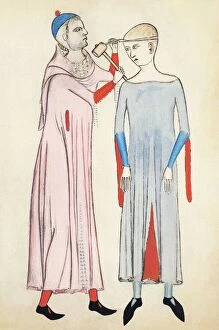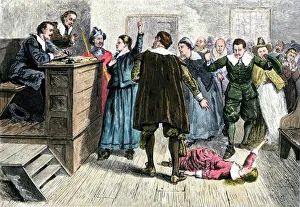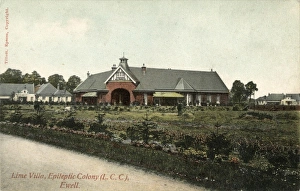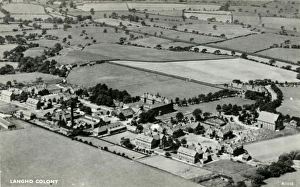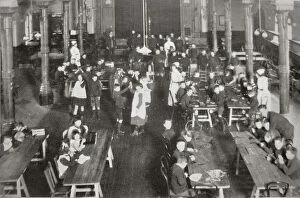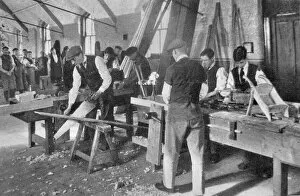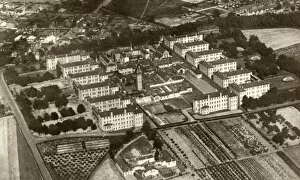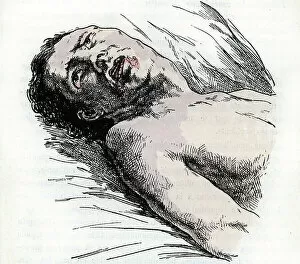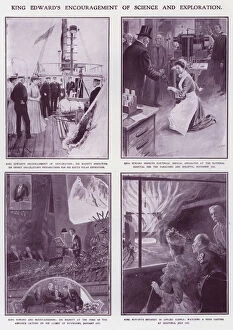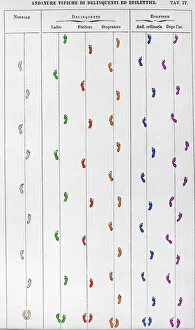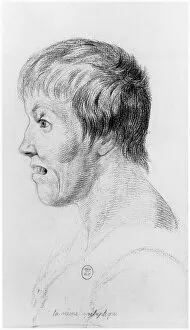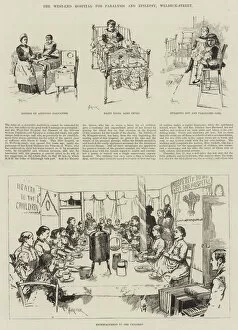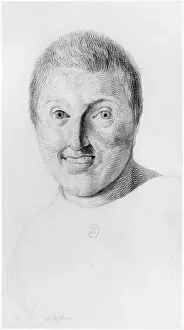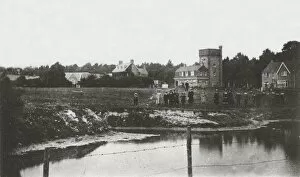Epilepsy Collection
"Epilepsy: Unveiling the Historical Journey of a Complex Condition" From trepanation in ancient times to modern medical advancements
All Professionally Made to Order for Quick Shipping
"Epilepsy: Unveiling the Historical Journey of a Complex Condition" From trepanation in ancient times to modern medical advancements, it has been a subject of intrigue and misunderstanding throughout history. In the 14th century, intricate artwork depicted individuals undergoing trepanation as a supposed remedy for seizures, showcasing the desperate search for relief. Fast forward to the Salem witchcraft trials in the 1690s, where testimony was given linking epilepsy to accusations of sorcery. This dark chapter highlights how ignorance and fear can lead to unjust persecution. In Ewell Epileptic Colony in Surrey, England, efforts were made during the late 19th century to provide care and support for those affected by epilepsy. Similarly, Langho Colony in Lancashire aimed to create an inclusive community that offered solace amidst societal stigmatization. The Caterham Asylum served as both a refuge and confinement for individuals with epilepsy in Surrey. It stood as a reminder of society's struggle to understand this neurological condition while attempting various treatments. Advancements continued with black-and-white illustrations capturing EEG recordings during petit mal seizures – providing valuable insights into brain activity during these episodes. Such breakthroughs paved the way for improved diagnosis and treatment options. Prince John's battle with epilepsy between 1914-1919 shed light on how even royalty could not escape its grasp. The Prince's experience brought attention to this condition on a global scale and fostered empathy towards those living with it. Griffith Home at Lingfield Colony further exemplified progress by offering specialized care tailored specifically for people with epilepsy. These institutions played vital roles in destigmatizing epileptic conditions while promoting understanding within society. Lastly, an engraving from "La nature et l'homme" by Rengade (1881) portrayed the intensity experienced during generalized crises – emphasizing that behind every seizure lies an individual grappling with immense challenges yet striving for normalcy.

